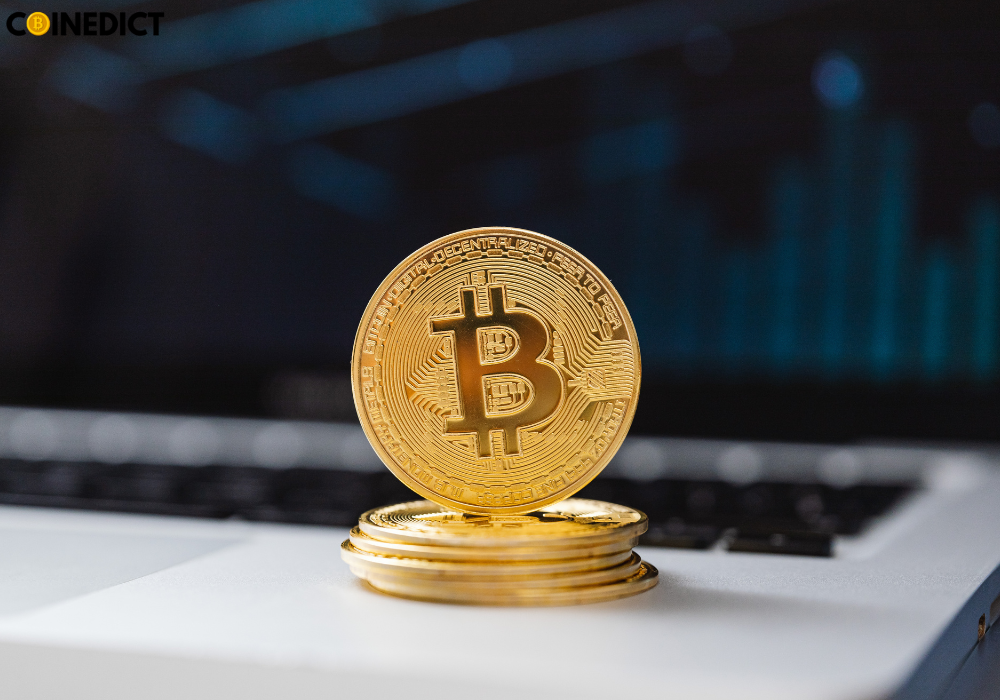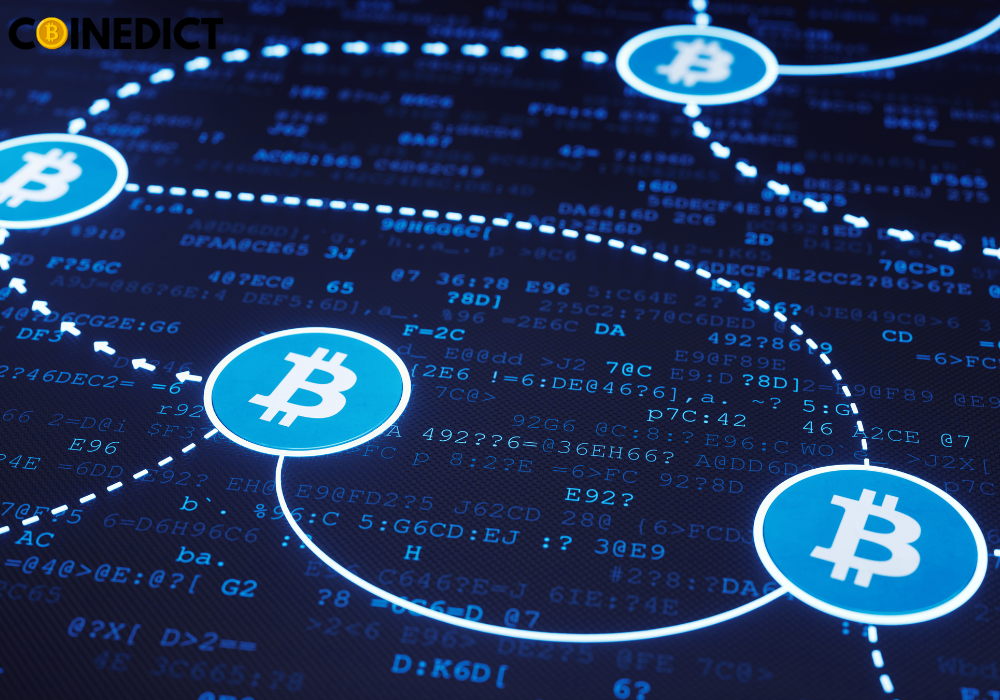Key Takeaways
Solana is a high-throughput Layer 1 blockchain offering fast, low-cost transactions.
The project has been described as one of the strongest competitors to Ethereum.
Solana has had a big year, with SOL climbing in value and rapid development in its DeFi ecosystem.
Share this article
We explain how Solana and its fast-growing ecosystem have established a place at the forefront of the cryptocurrency space.
A New Ethereum Competitor
In early June, Solana made headlines after closing a $314 million private token sale round led by Andreessen Horowitz and Polychain.
The funding came on the back of the fast-growing ecosystem developing on Solana, and rising status as one of the leading competitors to Ethereum, the most widely used public blockchain.
In the past, the huge demand for Ethereum block space has led to network congestion, resulting in very high transaction fees.
This congestion has created opportunities for Layer 2 solutions, sidechains, and new Layer 1 networks that are aiming to build scalable dApps beyond Ethereum. Solana is one of these Layer 1 networks.
The project was founded in 2017 amid the ICO mania when its team raised more than $25 million in private and public rounds. The mainnet beta was finally released in March 2020.
Solana found recognition for its 400ms block time and high throughput of 50,000 transactions per second, thousands of times higher than Bitcoin and the current version of Ethereum, which both depend on Proof-of-Work consensus (Ethereum plans to move to Proof-of-Stake sometime in the future).
With a focus on scale for mainstream adoption, Solana can theoretically scale up to 700,000 transactions per second, as outlined in the whitepaper.
How Does Solana Achieve Scalability?
Solana’s architecture explains how the network achieves such high scalability. The blockchain’s sea level runtime enables horizontal parallel processing of transactions. This means that Solana can continue to scale with validator GPU improvements, which keeps fees low as transactions scale.
According to Anatoly Yakovenko, CEO of Solana Labs, the level of scalability that the network promises is proportionally tied with computing hardware. Essentially, the network can execute tens of thousands of smart contract transactions in parallel, using as many GPU cores as are available to validators.
The main drawback with Solana is that specialized hardware that can cost thousands of dollars is required to run a validator.
With other features like Proof-of-History and the consensus algorithm Tower BFT, a Proof-of-History-optimized version of BFT, the goal of the project is to have a distributed system that can scale transactions proportionally with the network bandwidth.
Furthermore, Solana allows for transactions to scale in parallel with network bandwidth. This means it can scale as usage of the network grows without relying on sharding or Layer 2 solutions.
There are over 900 validators on Solana today. Although Ethereum is still the most decentralized smart contract network, Solana is more decentralized than many other Layer 1 chains, including Polkadot, Cosmos, Binance Smart Chain, and Fantom.
The Solana Ecosystem
Many new projects have chosen to build on Solana to benefit from its high throughput and ultra-low transaction fees.
Taking advantage of Solana’s low cost and instant sub-second block finality, high-efficiency blockchain, the rapidly expanding DeFi ecosystem now consists of dozens of dApps.
The ecosystem includes decentralized exchanges (HydraSwap, Orca), automated market makers (Raydium, Popsicle Finance), yield aggregators (SolFarm, Solyard), stablecoin swap platforms (Mercurial Finance, Saber), wallets (Solflare, Phantom, Solong), NFT marketplaces (Solanart, Sollectify), derivatives (Parrot, Mango Markets), and gaming (SOLife, Sollamas, SolPunks).
Many infrastructure-based projects like data analytics tools, block explorers, oracles, and launchpads have also been built in the last six months.
Like Ethereum, Solana’s biggest area of growth has been decentralized finance. Solana’s fast block times and low transaction fees have proven attractive for onchain trading protocols. For DeFi traders, real-time block finality allows for accurate accounts margin values and real-time profit and loss calculations.
Another big contributor towards Solana’s DeFi boom was Sam Bankman-Fried, the CEO of FTX exchange and one of the network’s biggest supporters. In August 2020, Bankman-Fried announced the launch of Serum, a fast, non-custodial decentralized exchange. Serum became a great catalyst for Solana’s rapid growth.
Bankman-Fried’s confidence in Solana was enough to bring in massive levels of liquidity to Serum by onboarding some of the leading market makers, including Alameda Research (which he founded) and Jump Trading. Alameda Research has also invested in many emerging projects in the ecosystem.
While functioning as a Solana-native decentralized exchange, Serum provides a trading experience similar to centralized exchanges by using a Limit Order Book executed on the network.
An order book allows for features such as limit orders and instant profit and loss updates for more control and precision in trading. Moreover, any other project on Solana can plug into the liquidity of Serum’s on-chain order book. Traders can place limit buys and sell orders, which can get matched up through Serum. Various kinds of trading and finance projects have now integrated with Serum’s order book.
In the last year, Serum has become the core infrastructure that powers several Solana projects, including Radium, an automated market maker that bears some similarities to projects like Uniswap. In return, these projects are helping to drive Serum’s trading volume.
Solana’s fast block time allows for high fidelity oracle data thanks to projects like Pyth Network. This enables accurate information to be shared across various stakeholders and settled on-chain in real time.
Solana hosts many popular stablecoins to ensure deep liquidity and scalability to support order book-based DEXs. Stablecoins are considered one of the fundamental elements of DeFi. Just recently, the USDC supply on Solana crossed over $1 billion.
Aside from stablecoins, many Ethereum-native DeFi projects have deployed their code on the network or are looking into ways to expand in the future. Aave, Ethereum’s top lending market, hinted that it would launch on Solana via Neon Labs earlier this month.
With the infrastructure in place, new projects built on Solana are also benefiting from the so-called “Solana summer.” A new derivatives trading dApp on Solana, Mango Markets, recently raised more than $60 million in a funding round. More than $500 million was deposited into Mango Markets for a chance to qualify for the public sale, which shows the magnitude of interest being poured into Solana’s nascent DeFi ecosystem.
NFT mania is also finding its way into the Solana ecosystem.
Just a few days ago, a collection of 10,000 Degenerate Ape Academy NFT avatars sold out in eight minutes of launch on Solanart. The NFT sale came as Solana’s SOL token soared to an all-time price of $63. It’s since hit $81, now ranking as one of the top 10 cryptocurrencies by market cap.
Smart Contracts and Interoperability
Solana does not support Solidity, the programming language used in Ethereum. This means that it lacks EVM compatibility, which could make it difficult to compete with Ethereum’s network effect.
Instead, Solana uses Rust for development. Rust has been one of the best-loved languages in the development community.
Projects like Neon Labs are also working on offering EVM compatibility on Solana by porting Solidity smart contracts to run on the network.
Moreover, a cross-chain bridge called Wormhole enables the transit of assets from Ethereum, though such solutions come with security compromises. Millions of dollars have been lost in bridge attacks this year.
Solana’s most promising value proposition is providing low-latency block times and the highest bandwidth of any blockchain. With web-scale performance, Solana provides one of the best user experiences of any Layer 1 blockchain, which may lead to wider adoption. With more than $300 million of freshly-raised capital at hand, Solana is also in a good position to speed up the development of many more native projects.
Share this article
The information on or accessed through this website is obtained from independent sources we believe to be accurate and reliable, but Decentral Media, Inc. makes no representation or warranty as to the timeliness, completeness, or accuracy of any information on or accessed through this website. Decentral Media, Inc. is not an investment advisor. We do not give personalized investment advice or other financial advice. The information on this website is subject to change without notice. Some or all of the information on this website may become outdated, or it may be or become incomplete or inaccurate. We may, but are not obligated to, update any outdated, incomplete, or inaccurate information.
You should never make an investment decision on an ICO, IEO, or other investment based on the information on this website, and you should never interpret or otherwise rely on any of the information on this website as investment advice. We strongly recommend that you consult a licensed investment advisor or other qualified financial professional if you are seeking investment advice on an ICO, IEO, or other investment. We do not accept compensation in any form for analyzing or reporting on any ICO, IEO, cryptocurrency, currency, tokenized sales, securities, or commodities.
See full terms and conditions.
Anatoly Yakovenko Explains Why Solana Will Succeed
Crypto Briefing looked under the hood of the Solana ecosystem in an interview with Anatoly Yakovenko, the co-founder of Solana and CEO at Solana Labs. He discussed the rate of…
Solana Back To All-Time Highs as NFT Mania Takes Hold
Solana is the first of the major cryptocurrencies to recover its all-time high price since the May crash. The price of SOL reached $67 following the launch of the NFT…
Aave is Exploring Solana, Avalanche, Layer 2 Expansion
Aave founder Stani Kulechov revealed that the protocol was looking into expanding its markets beyond Ethereum and Polygon. Aave to Enable Cross-Chain Collateral Decentralized lending protocol Aave is working on…
Efficient Market Hypothesis: Does Crypto Follow?
The Efficient Market Hypothesis (EMH) is a concept in financial economics which states that security prices reflect all the available information about a financial instrument. EMH is one of the…











